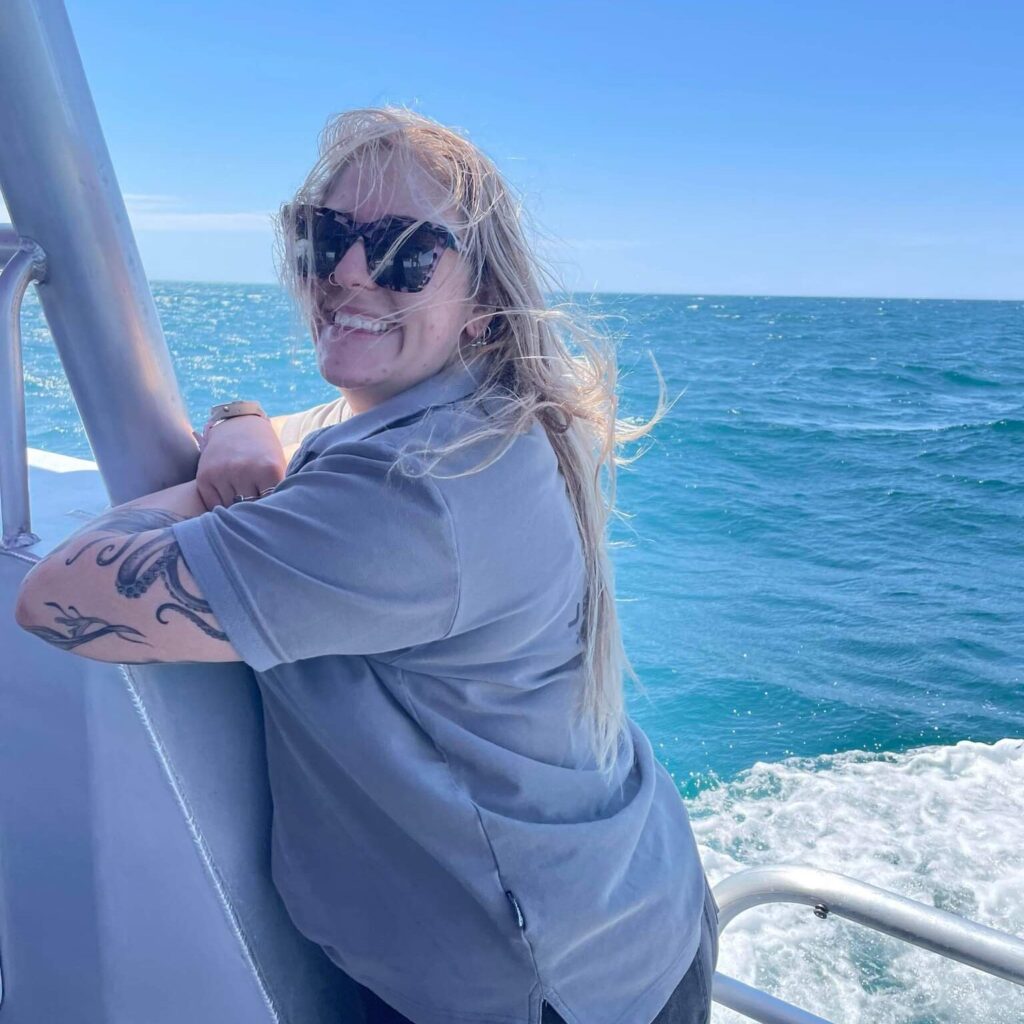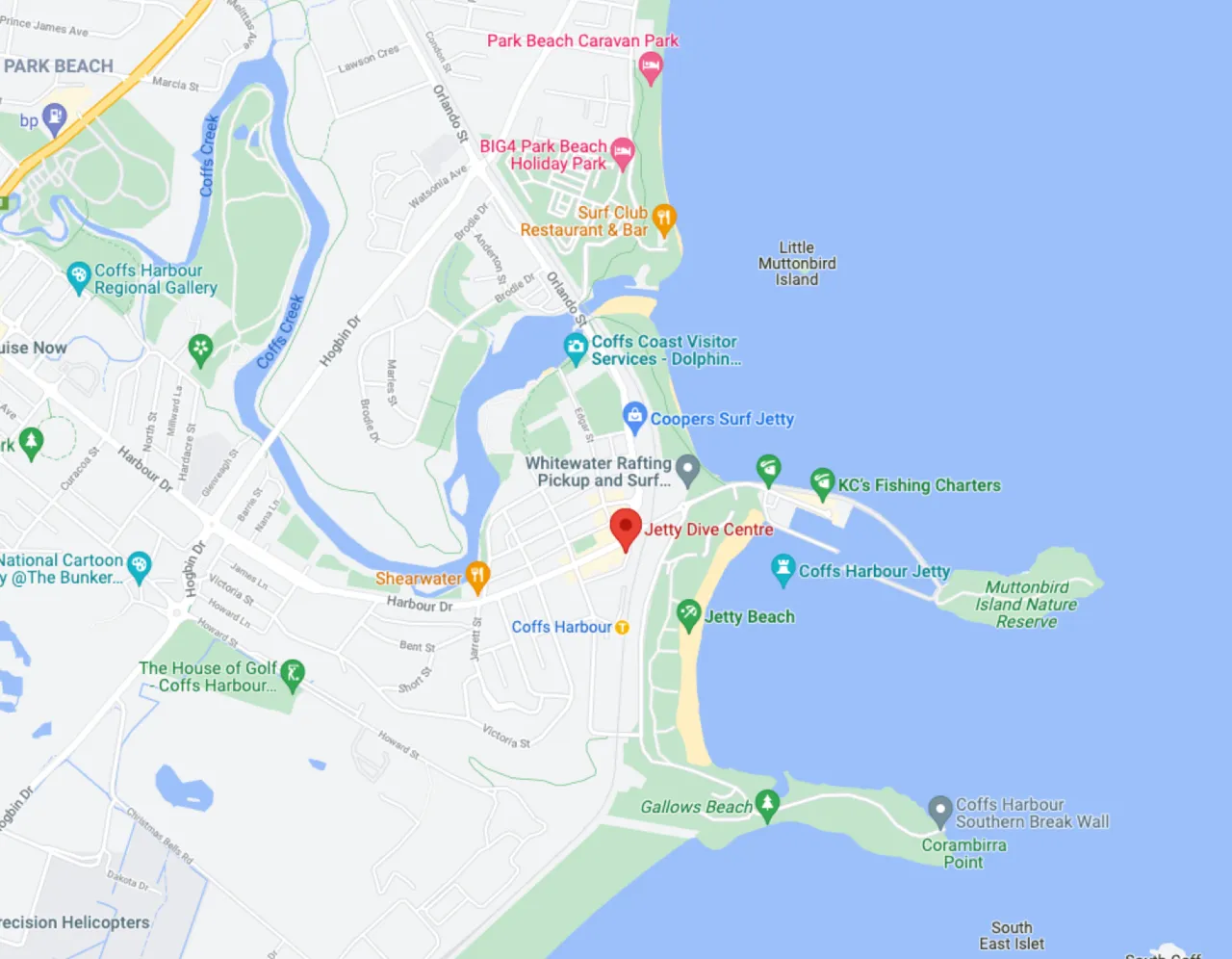We’re adopting a Reef-Safe Sunscreen ONLY policy!
At Jetty Dive Centre, we’re always aiming to do the best we can to support the environment we work in, which is why we have decided to adopt a Reef-Safe Suncreen ONLY policy. Find out what has led us to this decision, what it does to help the environment, and what it means for you in this blog post.
This is a complex topic. There are many articles on the web with information that is not substantiated. There is no set definition fo “Reef-Safe”, there is no legislation around labelling a sunscreen as “Reef-Safe” (as there is no legislation in labelling something as “natural”), and there is no legislation around microplastics in beauty products that are not “rinse-off” (rinse-off beauty products are face washes, body washes, soaps, etc.). I’m going to do my best to wade through the piles of information so we can do our best for the environment.
What makes a sunscreen “Reef-Safe”?
We consider a Reef-Safe sunscreen to be one that doesn’t have specific chemicals that have been shown to damage reefs and marine life. The definition of “Reef-Safe” is loose and unpoliced, so when I say “Reef-Safe” I’m specifying sunscreens that do not have:
- Oxybenzone
- Octinoxate
- Octocryline
- Benzophenone-1
- Benzophenon-8
- OD-PABA
- 4-Methylbenqylidene camphor
- 3-Benzylidene camphor
- nano-Titanium dioxide
- nano-Zinc oxide
This list is based off of the HEL list.
Why is sunscreen in the ocean dangerous?
Further research needs to be conducted for conclusive evidence of what chemicals cause damage, and to what extent. But we believe that proactively preventing any damage is the way to go – especially when marine life has so much up against it with climate change and pollution!
According the the National Ocean Service Website, Algae, urchins, fish, shellfish, and even marine mammals cam be affected by the chemicals in sunscreen.
From the Green Fins website: Oxybenzone has been linked to the bleaching of coral fragments and cells, damage and deformation of coral larvae and damage to coral DNA and its reproductive success. Sunblocks with “nano” particles can also cause damage, as these “nano” particles are small enough to be ingested by corals.
On top of having dangerous chemicals, many sunscreens have “micro-plastics” in their formula to hold the formula together, keep the product cost down, or to help keep the sunscreen waterproof.
Why the change?
We are always striving to do better for the evironment. We are so lucky to get to live and work in such beauty, and we want to protect it however we can. That’s why we completed and received an Advanced Ecotourism Australia Certification. It’s why we donate to PADI AWARE, support Take3fortheSea and why we joined Green Fins.
This is another step in the right direction. Not only will it mean all of our staff and divemasters are aware that we only allow Reef-Safe sunscreen, but by putting this policy in place it will educate our customers in the importance of Reef-Safe Sunscreen, help make that change in our environment, and hopefully encourage them to make that change for life.
What does this mean when diving with us?
We politely ask you to not wear sunscreen that contains Oxybenzone, Octinoxate, Octocryline or the other mentioned ingredients. Both of our boats have a roof, so you will not be in direct sunlight during the trip, but we understand many people still prefer to have sun protection. You may wear a rash guard/rash vest/rashie (We do stock the Sharkskin Rapid Dry Rash Shirts if you would like to buy one), you will be wearing a wetsuit regardless, and you are more than welcome to wear sunscreens that are “Reef-Safe” as we defined above.
We appreciate your support of this policy and the marine world we love!
How do I find Reef-Safe Sunscreen?
Great question. A lot of smaller companies and brands have created sunscreen to be “Reef-Safe” and without microplastics.
We are now selling a Reef-Safe Sunscreen! Take a look at Little Urchin Sunscreen here on our online store! This sunscreen is Australian Made, using recycled plastic for the tube. We love it!
I’ll do my best to curate a list of sunscreens. I am unable to constantly check up on these items (although I will endeavour to do so occasionally) so things may change, and I cannot guarantee the constant accuracy of the list.
- Sunbutter SPF50+ Water Resistant Sun Cream (In a tin, so saves on plastic!)
- Moogoo Clear Zinc 40+
- Green People SPF30+ Scent Free Sun Cream
- AnneMarie Borlind Suncare Range
- The Jojoba Company Multi Defence Moisturiser SPF15+
- Ethical Zinc SPF50+ Clear Zinc Sunscreen
- Mother SPF SPF30+ Natural Physical Sunscreen
- Wotnot SPF30+ Natural Sunscreen
- Endota SPF50+ Natural Clear Zinc
See below an infographic detailing some of the effects of common sunscreen chemicals on the ocean.

About the Author
Tara is Jetty Dive’s Office Manager and IT Lady, Social Media Queen, Crazy-Fish-Lady, and as she likes to say – “Self-Appointed CEO”. You’ll find her sitting at her desk surrounded in pink, but happiest either on or under the water.


